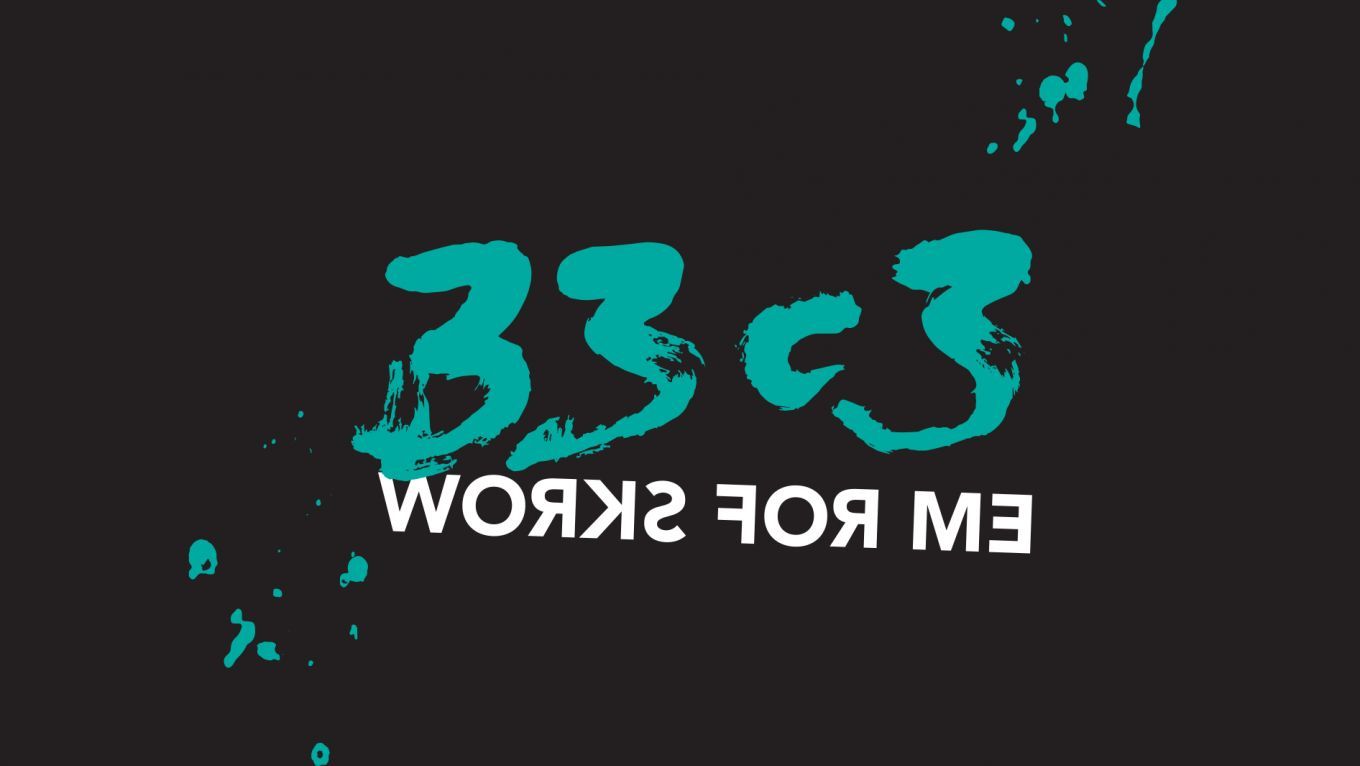Hardware & Making
Dissecting HDMI
Developing open, FPGA-based capture hardware for conference & user group recording
Ever wondered what is actually happening when a speaker can't get their laptop to project? While developing the FPGA-based <a href="https://hdmi2usb.tv">HDMI2USB.tv open hardware for recording conferences</a>, we discovered just how convoluted the HDMI protocol can be. Come hear all the horrible details!
The TimVideos.us group aims to make it easy for anyone to create high quality recordings of conferences and user groups. To achieve this goal we have developed the HDMI2USB.tv project, an FPGA based, fully open (hardware and firmware) solution for capturing HDMI video signals. The solution has been in use since late 2015 and used at numerous conferences such as Linux.conf.au, DebConf and many PyCon conferences around the world.
To be truly FOSS has however meant developing code for doing HDMI receiving and sending. Come hear about all the issues we have run into and the nitty gritty details about how it works (or doesn't!). By the end of the talk you will know more than you ever wanted to about the HDMI protocol!
This talk will cover:
The HDMI video standard, including
An overview of the many protocols and standards required.
A high level description of the low speed protocols needed such as DCD (EDID) and CEC.
A indepth dive into the high speed TMDS protocol and encoding.
How to build a HDMI receiver and transmission to run on an FPGA.
War stories from trying to use the HDMI2USB capture device for recording FOSS conference, including;
Why your HDMI cable can actually matter.
Some of the reasons why plugging in a screen doesn't always "just work".
Doing error correction on a protocol which doesn't have any.
All code and materials and hardware covered in this talk are released under OSI approved licenses.
Weitere Infos
| Format | lecture |
|---|---|
| Sprache | Englisch |
Weitere Sessions
| 27.12.16 |
<a href="https://outernet.is">Outernet</a> is a company whose goal is to ease worldwide access to internet contents by broadcasting files through geostationary satellites. Most of the software used for Outernet is open source, but the key parts of their receiver are closed source and the protocols and specifications of the signal used are secret. I have been able to <a href="http://destevez.net/tag/outernet/">reverse engineer</a> most of the protocols, and a functional <a ...
|
| 27.12.16 |
Software Defined Radios (SDRs) became a mainstream tool for wireless engineers and security researches and there are plenty of them available on the market. Most if not all SDRs in the affordable price range are using USB2/USB3 as a transport, because of implementation simplicity. While being so popular, USB has limited bandwidth, high latency and is not really suitable for embedded applications. PCIe/miniPCIe is the only widespread bus which is embedded friendly, low latency and high bandwidth ...
|
| 27.12.16 |
The NibbleTronic is a MIDI wind controller that features a novel user interface resulting in a unique tonal range. The standard configuration allows to precisely play a bit more than four full octaves including semitones with only one hand.
|
| 27.12.16 |
Mit steigendem Datenaufkommen und einer immer größer werdenden Zahl von Geräten muss auch das WLAN wachsen. Nach "ur WiFi sucks!!1!" ist dieser Talk eine kleine Einführung in die Neuerungen, welche mit dem 802.11ac-Standard gekommen sind und gibt eine Erklärung, wie sie funktionieren.
|
| 27.12.16 |
"Smart" devices using BTLE, a mobile phone and the Internet are becoming more and more popular. We will be using mechanical and electronic hardware attacks, TLS MitM, BTLE sniffing and App decompilation to show why those devices and their manufacturers aren't always that smart after all. And that even AES128 on top of the BTLE layer doesn't have to mean "unbreakable". Our main target will be electronic locks, but the methods shown apply to many other smart devices as well...
|
| 28.12.16 |
How to get USB running on an ARM microcontroller that has no built in USB hardware. We'll cover electrical requirements, pin assignments, and microcontroller considerations, then move all the way up the stack to creating a bidirectional USB HID communications layer entirely in software.
|
| 28.12.16 |
Yosys is a free and open source Verilog synthesis tool and more. It gained prominence last year because of its role as synthesis tool in the Project IceStorm FOSS Verilog-to-bitstream flow for iCE40 FPGAs. This presentation however dives into the Yosys-SMTBMC formal verification flow that can be used for verifying formal properties using bounded model checks and/or temporal induction.
|

